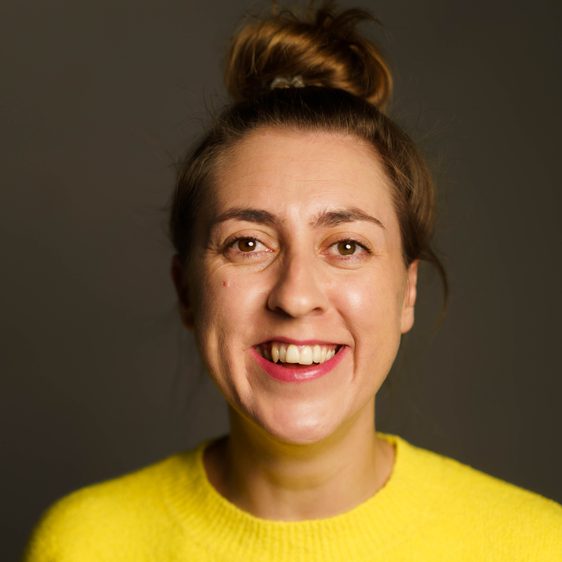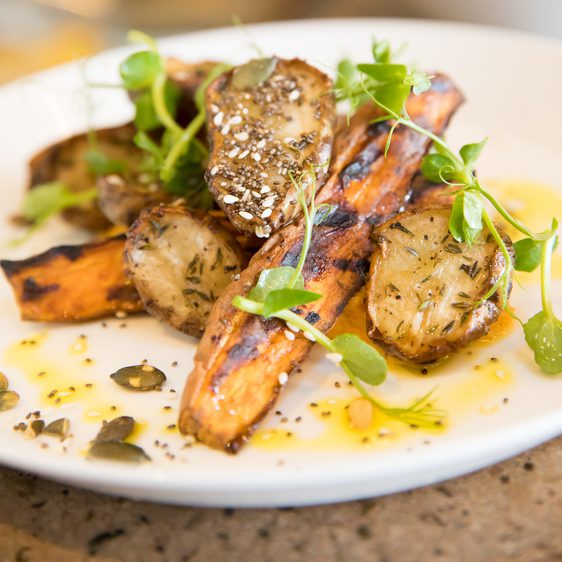
Hank Willis Thomas: All Power to All People (bronze)
Art Outdoors /Hank Willis Thomas: All Power to All People (bronze)
All Power to All People (bronze) combines two symbols of Black identity and empowerment: the Afro pick and the Black Power salute. The ‘Black fist’ first appeared on Afro combs in the 1970s to reference the defiant salute that was used widely during the civil rights movement of the 1960s. Many Black men and women began to wear the picks in their Afros to express cultural pride and identity.
The artist uses scale to elevate and draw attention to the Afro comb, which is normally a small, everyday object. By enlarging the pick to a monumental size, he asks us to think about it in relation to its wider political and cultural significance. The sculpture also highlights the lack of commemorative statues featuring the lives of Black people, or that address equality and belonging. Thomas invites us to reflect on the efforts of those before us and the work that still needs to be done in the fight for social justice.
The origin of the Afro pick dates back to the time of ancient Egyptians as an article of status and cultural belonging... As an accessory of a hairstyle, it represented counterculture and civil rights during one of the most important eras of American history. It exists today as many things to different people; it is worn as adornment, a political emblem, and signature of collective identity.
- Hank Willis Thomas
Thomas’s renowned sculpture The Embrace (2023) in Boston, USA is a monument to Dr Martin Luther King Jr and Coretta Scott King, two of the most important leaders of the civil rights movement. It commemorates their time in Boston, when the couple met and fell in love. The Embrace represents the hug they shared after he was awarded the Nobel Peace Prize in 1964, and emphasises the importance of love, unity, and collective action. Like All Power to All People (bronze), the sculpture provides a space for public conversation on social issues.
Thomas is a New York-based artist. He investigates how popular images shape how we view ourselves and others in the world, with a particular focus on racial identity and social justice. He has exhibited internationally, and his work is in public collections worldwide.
Courtesy of Hank Willis Thomas, Goodman Gallery and Pace Gallery.
You may also like
- Profile

Grace Clifford
WCCD x YSP Residency 2023 - News

Yorkshire Sculpture Park announces 2024 programme celebrating diversity and personal discovery
10 January 2024 - Profile

Nat Bellingham
Artist Educator - Event

Vegan at The Weston
Enjoy a delicious five course plant-based menu at The Weston to mark the end of Veganuary.



